I wanted to make this easy to understand for everyone.
CORRECTIONS ARE HIGHLY ENCOURAGE! AND WARMLY WELCOMED!
CORRECTIONS ARE HIGHLY ENCOURAGE! AND WARMLY WELCOMED!

The purpose of this thread is to illustrate the new possible performance achievable with the advancements of Audio gear we use today, being based on:
Silicon Photonics
Much of the information in the video bellow was gathered by Alex. You can find him and his credits here.
A Basic primer on how complex it really is by Jon Y.
how I see it benefit the Audio community and industry at large?
Almost all our music today is delivered via an electronic digital signal in the form of packets of data. In the end? We want Waves. CLean ones.
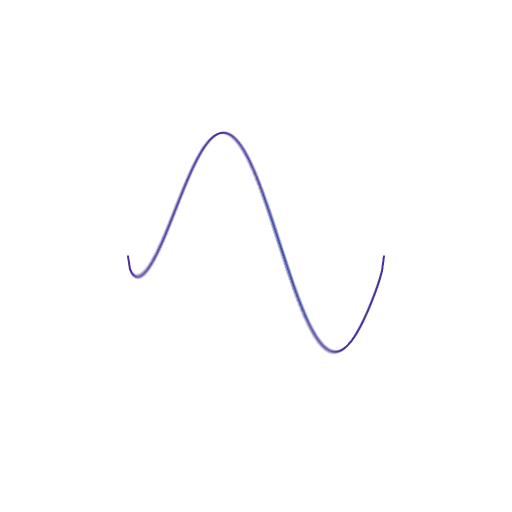
The copper wire and circuit traces we use today in order to do its job of transmitting a signal has the side effect of having a magnetic field being generated at the same time along that path on a PCB. That can cause unwanted noise, and Sort of looks like this;



This logic on a PCB has the side effect of being susceptible to interference.
The lead wires themselves can act like an antenna. they also suffer the issue of breaking down over time with heat and cold cycles.
Below illustrates the kind of failures that can occur. The wires are still physically there. But they act more like an arcing wire.
-
 -
-
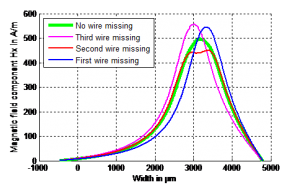
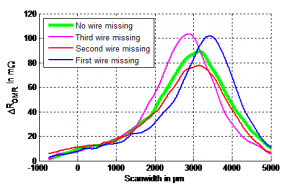
Not all is lost however, as there are ways to mitigate these issues. in fact the process above is used to test whether a chip passes or not it's quality control inspection and is used to Signal whether there may be a problem with the CHIP / DIE / silicon/ batch.
With the above, mission critical application such as VOIP, Live broadcasting, portable Small form factor recording devices can have issues with noise. This can be from ground loops to stray electromagnetic fields. They entire implementation of current day silicon is susceptible to EMI due to the very nature of its operation and implementation.
These issues can affect commonly used devices such as:
- USB DACS
- Cell phones
- Media servers
- Streamers
- microphones
- DSP
- Test Gear
- Audio transmission
- Studio gear and consoles
- Industrial applications such as aerospace instrumentation,
- etc
One benefit is the lack of curcuit degradation over time*. This is important to maintain absolute signal Integrity overtime as current day logic can pose issues due to age and stress. Error correction algorithms are a way around this. There is still a possibility of noise artifacts due to the nature of our current logic implementation. Not such a big deal on a consumer device. The game changes in a Studio or a live event. In conditions such as these? You can't afford not to get the best take. Imagine if Nirvana Unplugged suddenly lost a channel. Or dropped a mic.
To Mitigate this? Redundancy & Failovers are used. But in real world scenarios? Sometimes you just don't have that option. You may only get one chance in a lifetime to get this right.
As we move towards the future, there are already studios that can't find people to fix their mixing consoles. And as time goes by? The parts needed to maintain our gear is long past availability with often no replacements parts readily available. it's not a big loss as we have better options anyway for Fidelity.
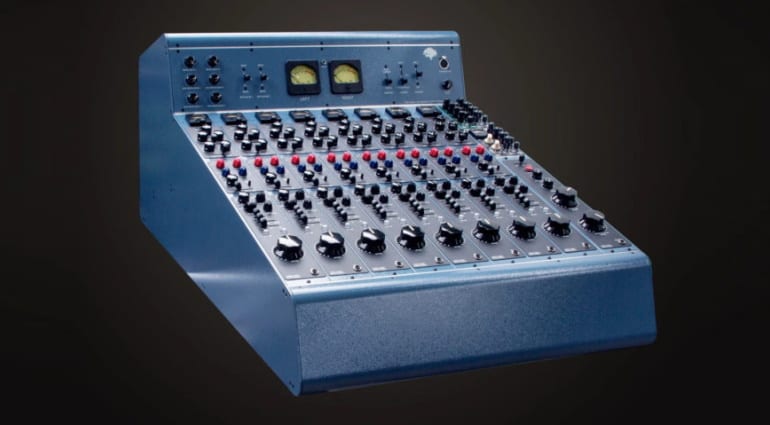
Enter Silicon Photonics.
With rubidium Packaging. Its lifetime even under the harshest conditions far outlast normal silicon commonly used today. Factors such as age and heat pose little problem even under extreme conditions.**
Rubidium based "silicon" photonics also can be designed with immunity to almost all forms of electromagnetic interference till it reaches the analog output stage. There is a roadmap of research in finding ways to move the analog waveform in the light wavelength region until the amplification stage for driving your speakers, but is not a primary concern for practical consumer electronics applications imo.
Development is still underway for this kind of chip. What brings promise is the overall stability in operation. When you get rid of the copper traces? You get rid of errors that can affect your gear in just about any condition known to man. Cosmic and even background radiation can pose a problem with ordinary chips. Not so with fully optical light based architecture. It's still in its infancy. But imagine the applications. 30 * the power without 30x the heat.

If we look at normal logic used in our all silicon/ copper based devices today? Even with shielding, we can still induce interference inside the device itself. This noise ( though not all that problematic ) requires a high level of skill to mitigate noise while in operation.
Only the best and most thought out implementations reach a high degree of noise free operation without introducing its own noise or distortion into the reproduced signal output. But with digital signals? Unforeseen errors can and will inevitably occur over time.
By moving our I.C's to to Photonics, essentially we are engineering out errors in the digital domain at the physical layer without introducing latency with error correction code algorithms on the chip itself; to verify the integrity of the computation being done to our digital signals. admittedly, it's not a big deal with 2-channel audio. But as we are Marching towards a multi-channel future? it starts becoming an issue.
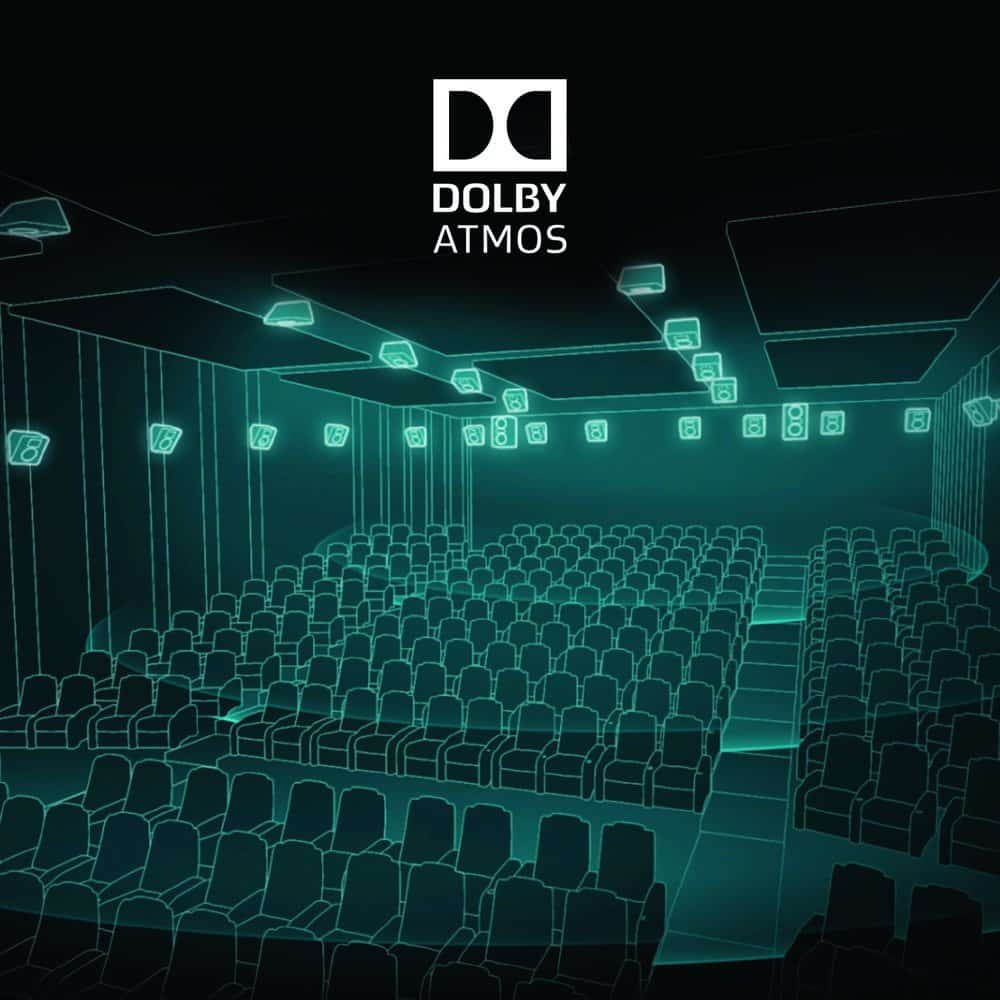
What an all (Mostly light based) optical based logic could accomplish in the Audio space?
--Due to the nature of light based logic, even poor or non optimized Budget friendly PCB design could provide mass market devices unparalleled accuracy and quality audio reproduction. A pipe dream, But it's possible in 20 years time.
- EXTREME rejection of noise & interference is possible if the proper care is taken. Perfect for mission critical Studio applications.
Events such as Auto Racing to highly specialized instrumentation used in future Fission / Fusion power plants will provide safe and reliable monitoring with little shielding needed. Back EMF would not pose a problem for example with optical nodes.
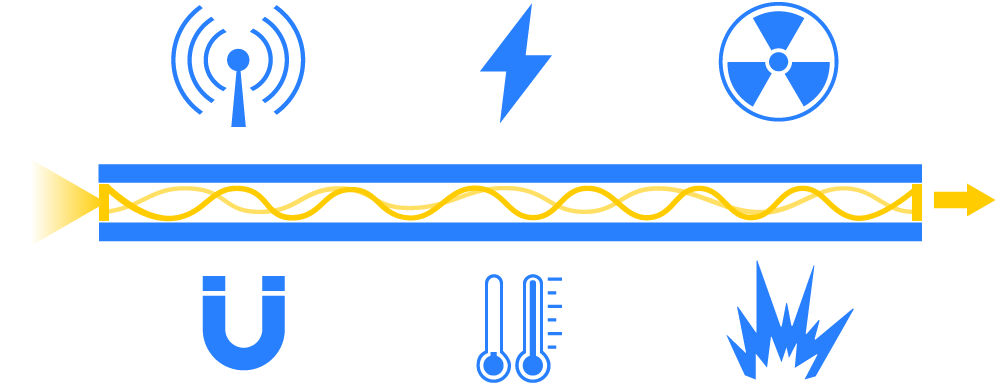
Its possible to remove sources of noise between components that interference with each other, without affecting the quality of signal transmission or the timing of the signal.*** Heat and cold do not affect light in the same way a conductor would as heat can vary the resistance of a conductor such as copper traces or wire. Overall this can pose a problem that COULD result in audible pops and Clicks in the recording/Playback of the digital signal.
However, a buffer is commonly used to avoid the situation. So it's a moot point IMO.
Photonics has existed since the 1970s from Lucent, Bell Labs , IBM, and many others. it's still approximately five to ten Generations behind common silicon-based offerings. This really does not pose a problem in consumer audio applications.
We are more interested in absolute fidelity. Due to the nature of audio, we are not so concerned with packaging of the individual circuits as they will already be smaller than the human eye can distinguish. Adoption of these chipsets based on photonics in the audio space should not be a problem.
The cost of implementation will naturally be more than current offerings. Devices already in use in data centers for communication and networking between servers and its networking backbone currently exist. While expensive, it's not unobtainium.
DRAWBACKS
We already have surprisingly resilient, cost-effective choices on the market readily available to the consumer and professional alike.
As with any new technology, I suspect that initial implementations will have many flaws in first generation devices.
Due to the relatively new implementation of the technology, I suspect very low yields for first generation chips driving up the costs per unit.
Niche overall market acceptance is going to be the Norm. Current day tech meets today's needs and is widely tried and true and is very well understood with over 100 years of data to backup its implementation and performance. Silicon photonics may still have unknown drawbacks and are still not well known or understood for mass production let alone adoption.
How would this change our current system setups?
I don't see it being to much of a change from today at all. This really only affects the processing of our audio in the digital domain and some future circuitry.
Who will be the first adopters of the technology?
music production Studios and Aerospace seem to be the likely first adopters. Due to the inherent challenges of these industries, I forcast early adoption.
Secondary adoption would be in the highly competitive smartphone market in the place of microphones immune from overloading and noise while maintaining exceptional fidelity of the sound being recorded if the technology advances overtime to Microphone condensers , etc.
Eventually it will filter down to physical controls such as knobs and switches that do not degrade over time and are immune to oxidation. Foreign objects such as Atmospheric contaminants will still pose a problem.
I don't see wide adoption unless it becomes commonplace for manufacturing at a lower cost then current switchgear. Marine based systems seem to be a natural fit since corrosion is a primary concern with salt water environments.
Will it replace such items such as Mosfets used in amplification?
Its possible. But I don't see it being the norm for high power needs. Maybe for ultra low power headphones.
There is One single article that SORT of covers amplification of audio signals.
Request Rejected
ieeexplore.ieee.org
Second article found along the lines of Audio signal amplification.
Power-efficient Gray-scale Control of Silicon Thermo-optic Phase Shifters by Pulse Width Modulation Using Monolithically Integrated MOSFET
We first-time demonstrate gray-scale control by pulse-width modulation for silicon thermo-optic (TO) phase shifters using monolithic MOSFET. This work enables simple and power efficient control of TO modules without using DAC and analog current drivers.
PROOF OF CONCEPT:
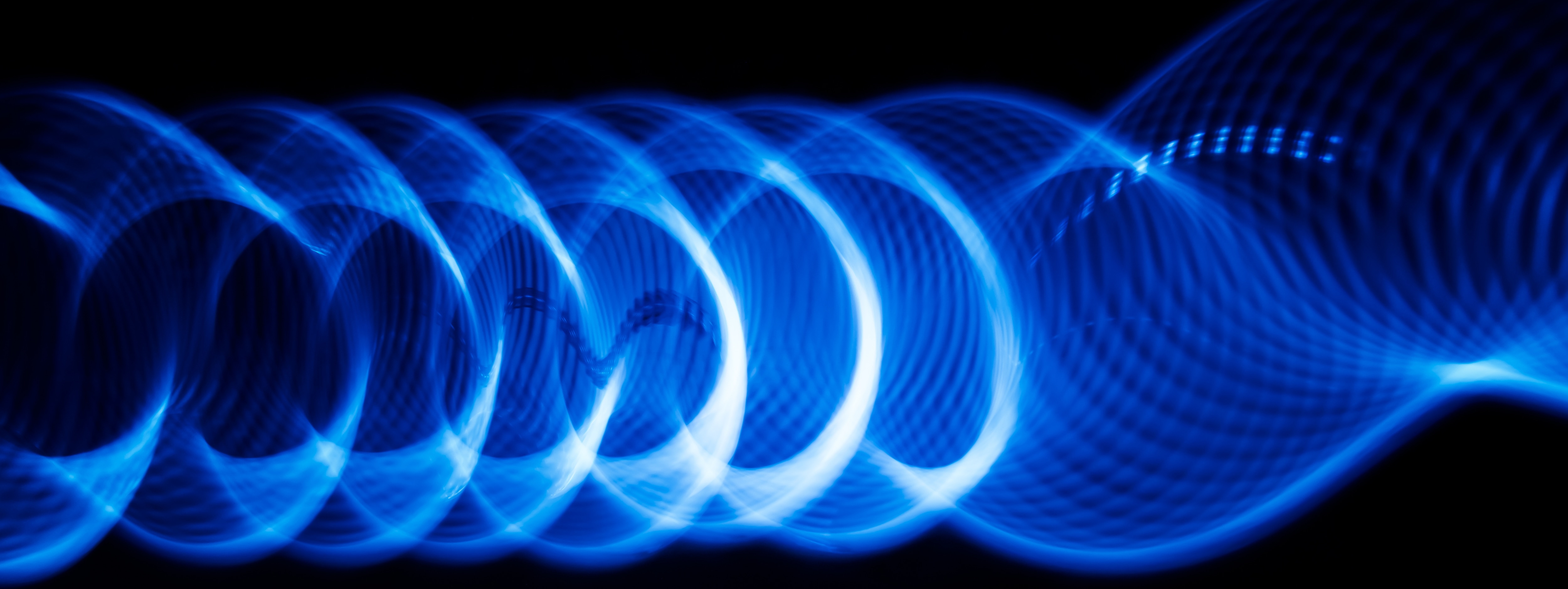
Light, sound, action: extending the life of acoustic waves on microchips
Removing electrons from microchips will mean low-heat, low-energy fast communications, 5G and internet. This foundational work from the University of Sydney and Max Planck Institute is an important step to achieving those goals.
The breakthrough was made back in 2017 in upside down Lab. But of course the Germans thought of it first. Who else?
A video showing its VERY BASIC way it works.
And a theoretical model as an example to visualize its depiction of the circuit.

Publication of said research in the Journal of Nature.
Has full citations and sources. It only covers the 2017 breakthrough. The chip design above is a development based on this research.
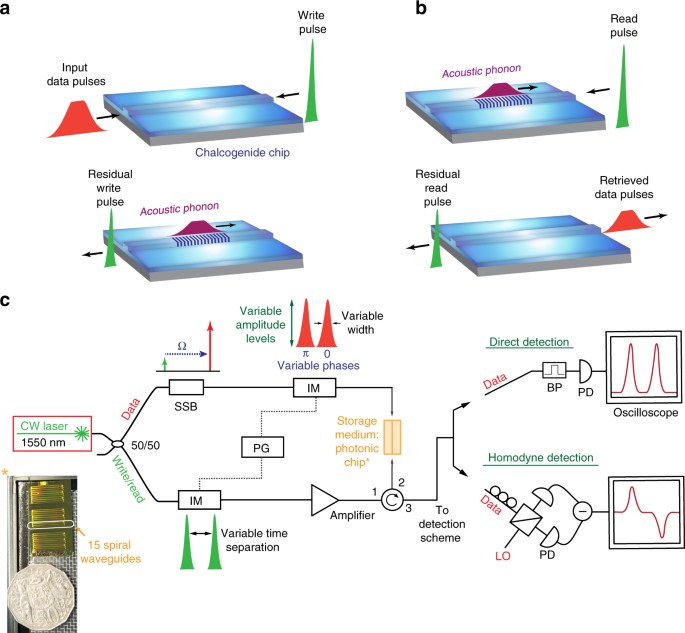
Photo credit: A chip-integrated coherent photonic-phononic memory
Notable people and universities in the field.
------Just in case you want to do something with your life or? Maybe start a Company one day.
https://research.tue.nl/en/persons/martijn-jr-heck
https://research.tue.nl/en/persons/idelfonso-tafur-monroy
PS. They are hiring a researcher for the field. AT BELL LABS!
DID I MENTION BELL LABS!
Also, a Super detailed video on her work in the field.
Jul 10, 2020 Dr. Andrea Blanco-Redondo, Nokia Bell Labs, USA. Optical Seminar at The Department of Physics & Engineering, ITMO | 06/19/2020 Title: "Novel solitons and topological quantum states using silicon photonics" --- Abstract: In this talk I will review our work on nonlinear and topological photonics in silicon. In the first part of my talk, I will unveil our latest results on the recently discovered pure-quartic solitons, including our demonstration of the first pure-quartic soliton laser and its new energy-width scaling law. In the second part, I will cover recent developments in the field of topological quantum photonics with special emphasis on our experimental demonstration of topologically protected path-entangled states in silicon waveguide arrays
Any corrections, WELCOME.
MODERATOR: Please move thread as needed.
- *non substantiate claim.
- ** projected, but I smell horse manure.
- *** highly dependent on implementation and Design.
- I don't know Jack sniffy about this stuff. Might be a future technology in audio that may provide some use in the future for better sound reproduction.
- All links are verified my Malwarebytes and Google safe search as "GR safe" with ONE link not being a secure connection.
- Images belong to their copyright holders and are used with fair-use Doctrine and for educational purposes.
- accuracy of the information above may not be current.

